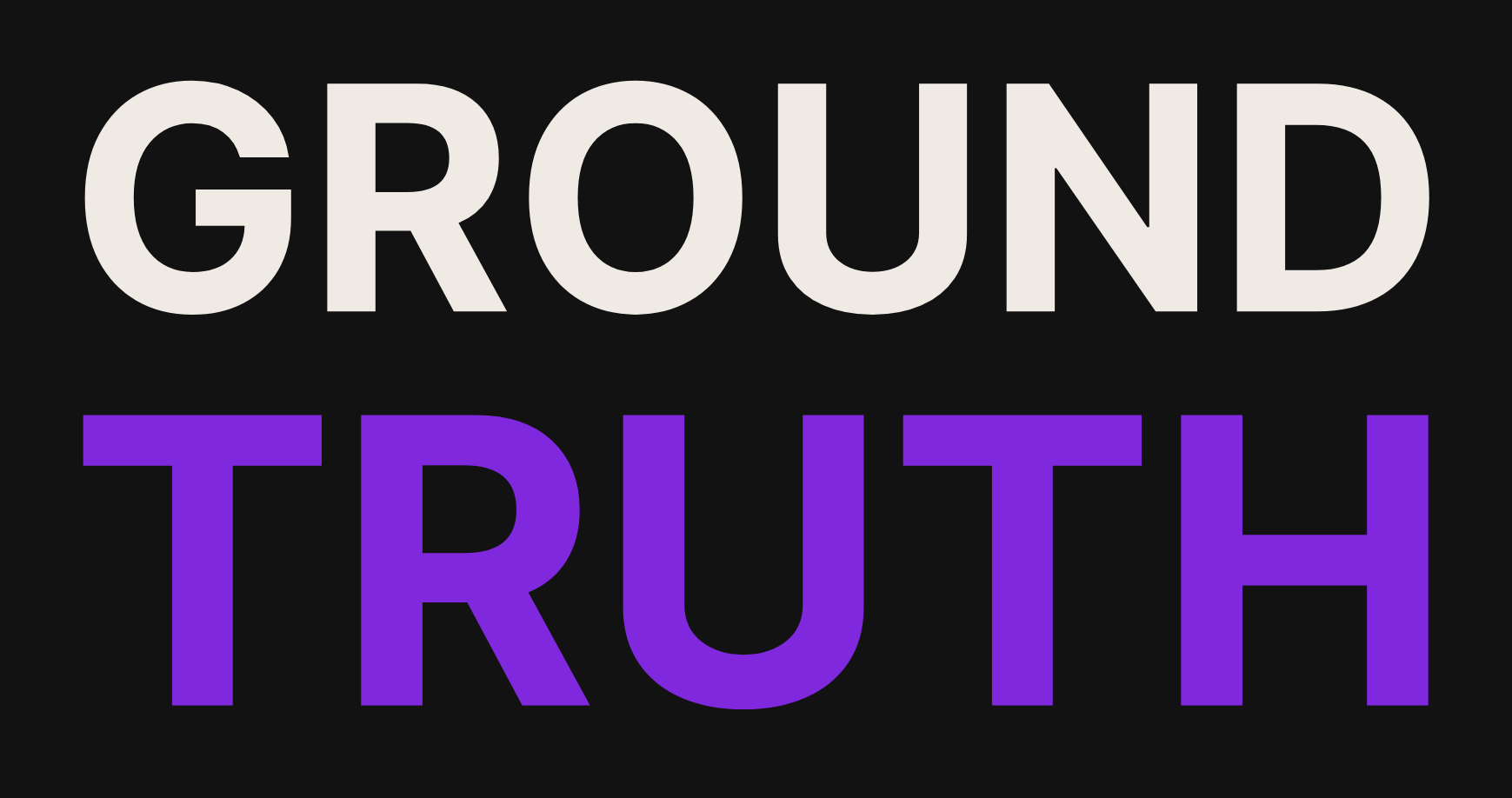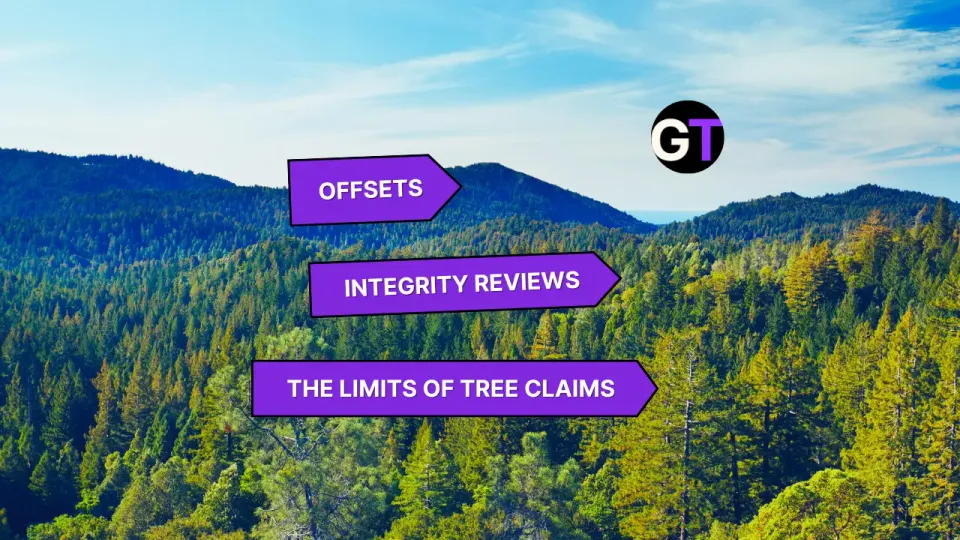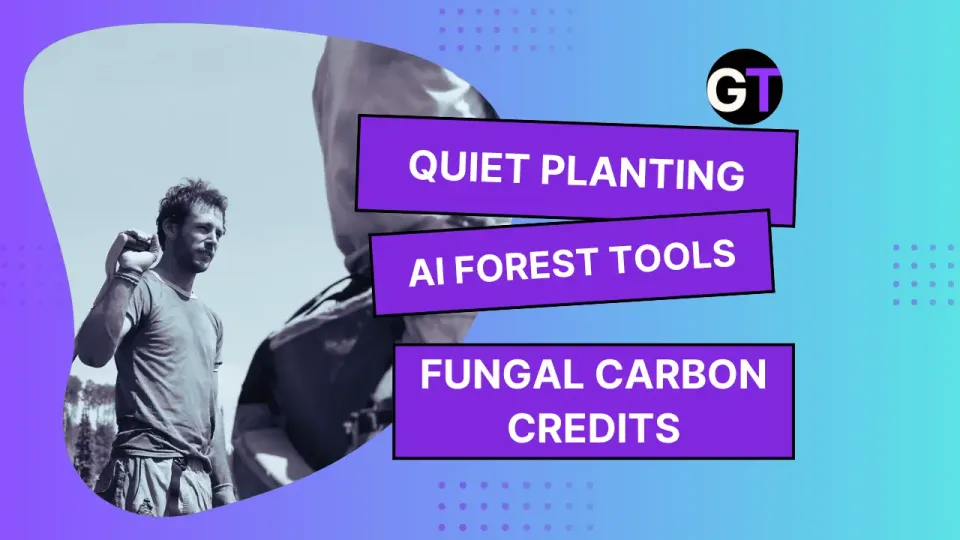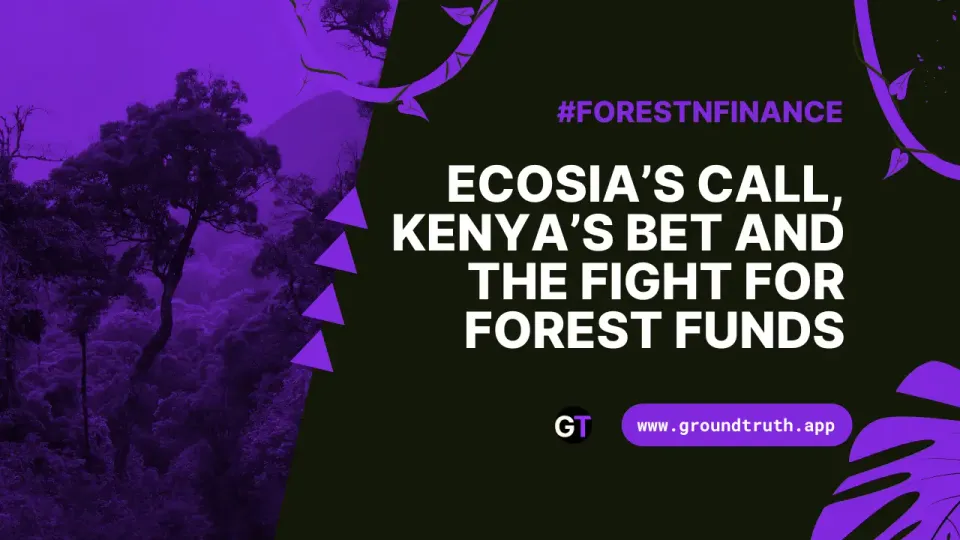Citizen Scientists Aiding Species Conservation Efforts 🧪
“The real challenge isn’t gathering the data—it’s how we use it to inform extinction risk assessments”
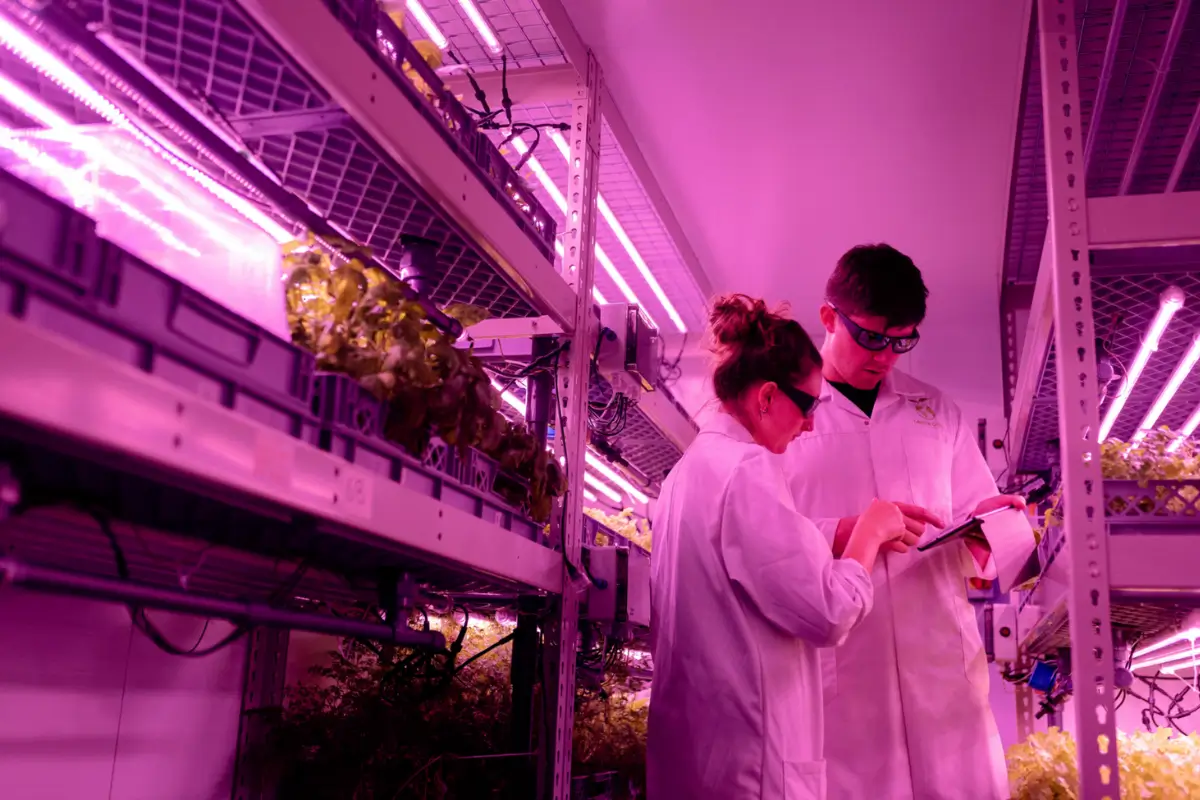
This article by Mahima Samraik originally appeared in Mongabay.
- More than 100,000 Australian citizen scientists are contributing crucial biodiversity data about species at risk, helping improve conservation efforts in ways that can enhance IUCN Red List decisions.
- Citizen science projects like Fungimap and FrogID showcase how such observations have influenced threat assessments and conservation outcomes.
- Researchers stress the need for clear goals, standardized protocols, and expert oversight to maximize the impact of citizen science.
Australia’s vibrant biodiversity is hanging by a thread, but citizen scientists have stepped up with passion and purpose. More than 100,000 volunteers are mapping species and gathering essential data, playing a pivotal role in conservation—including data that might help improve the IUCN Red List of species at risk.
Now, a new study in Conservation Biology calls for clearer direction to supercharge their efforts. The guidelines, the authors say, will help volunteers provide rigorous data to IUCN, which can inform decisions on the extinction risks faced by species and establish conservation priorities.
Citizen science data collected today is the largest source of open-source biodiversity data in Australia, state wildlife ecologists Rachael Gallagher and Erin Rogers, who led the research.
“The real challenge isn’t gathering the data—it’s how we use it to inform extinction risk assessments,” said Gallagher, an expert in species conservation at Western Sydney University in New South Wales. “Citizen science has the potential to dramatically improve our understanding of biodiversity, but we need to ensure the data aligns with the specific requirements of IUCN extinction risk criteria.”
Two standout projects featured in the research—Fungimap and FrogID—showcase how citizen scientists are already contributing valuable data. For example, Fungimap encourages people to document and map fungi through the iNaturalist platform. These records have directly influenced threat assessments for at least 13 species across Australia.
Scott Loarie, co-director of iNaturalist and recent recipient of the prestigious Heinz Award, stresses the dual goals of citizen science platforms. “By participating in iNaturalist, you’re not just learning about the species around you; you’re creating research-grade data that directly feeds into global scientific archives like the Global Biodiversity Information Facility,” said Loarie, who was not involved in the study.
He noted that species observations provided by citizens have appeared in more than 5,000 scientific publications to date. One major effort is the iSeahorse project, where data from the project has updated 35 IUCN assessments. “This kind of authentic contribution to science and conservation is what sets citizen science apart,” Loarie said.
Similarly, FrogID has collected audio recordings of more than one million frog calls in just six years. This robust dataset helped scientists assess the health of frog species after the catastrophic 2019-2020 bushfires in Australia, leading to listings of several species as threatened.
For these citizen science efforts to truly influence conservation decisions, the authors stress that volunteers must collect data in a more structured way. “We need to move beyond simple species occurrence records and gather more nuanced information, such as population trends and geographic range,” Gallagher said.
“Our paper addresses this gap by highlighting the types of data citizen scientists collect and how they can be used to meet the IUCN Red List criteria,” added Roger, an advocate for citizen science integration at the Commonwealth Scientific and Industrial Research Organisation (CSIRO) Atlas of Living Australia in Canberra.
Study co-author Thomas Mesaglio, engagement officer for the Atlas of Living Australia, added: “The challenge lies in ensuring that professional scientists help guide citizen scientists to collect high-quality data that leads to reliable conservation conclusions.”
The authors encourage citizen scientists to focus on collecting specific types of data that meet conservation needs, such as images or sounds to prove where species live, and detailed habitat information. They also advocate for gathering physical samples—like soil or scat—as well as local stories with Indigenous knowledge, which can provide a fuller picture of species behaviors. Structured projects and expert reviews can ensure this data is accurate and useful for conservation programs.
“Citizen science will continue growing—particularly in Australia, where we have a strong base,” Roger said. “There are challenges, but showing participants the real impact of their contributions is crucial.”
Citation: Gallagher, R., Roger, E., Packer, J., Slatyer, C., Rowley, J., Cornwell, W., Ens, E., Legge, S., Simpfendorfer, C., Stephens, R., & Mesaglio, T. (2024). Incorporating citizen science into IUCN Red List assessments. Conservation Biology. https://doi.org/10.1111/cobi.14329
Mahima Samraik is a graduate student in the Science Communication Program at University of California, Santa Cruz. Other Mongabay stories produced by UCSC students can be found here.
License
Mahima Samraik. (2024, November 26). Citizen scientists can boost IUCN species assessments, but need better guidance from ecologists. Mongabay. Republished under a Creative Commons Attribution ND license.
